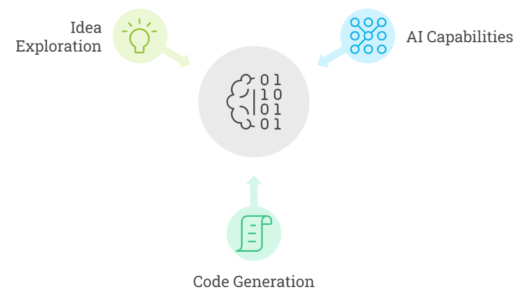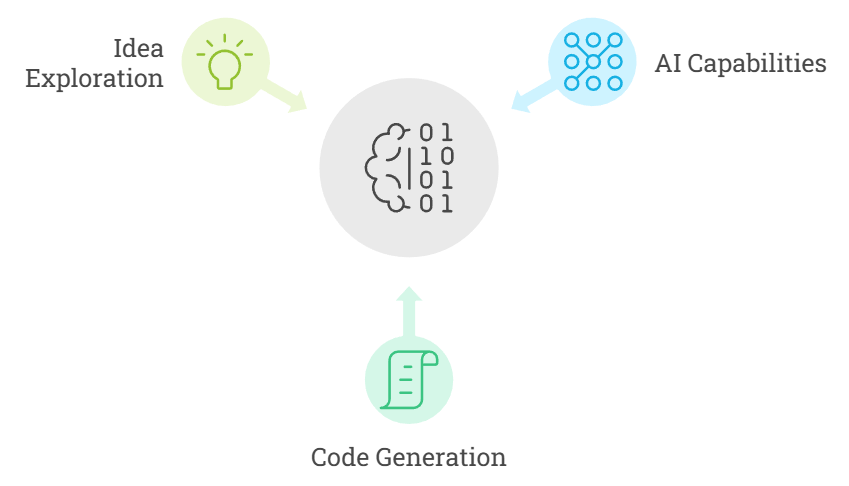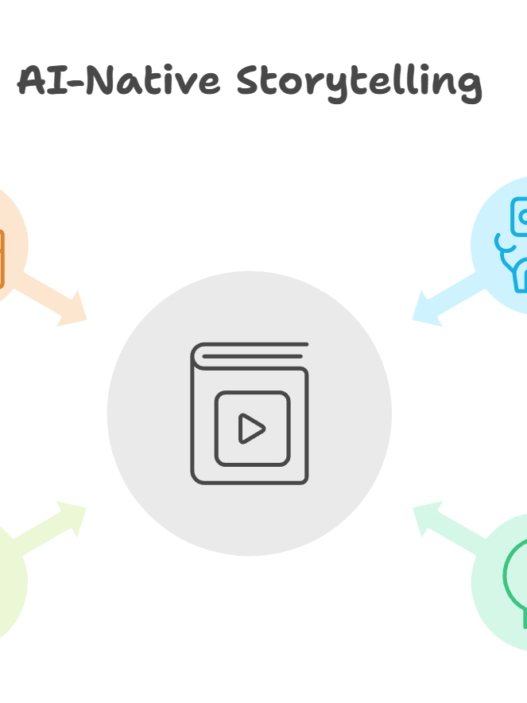TLDR: GitHub Copilot Workspace enhances coding efficiency with features like suggestions, testing tools, and direct pull request creation. Clear communication is key for optimal results, with developers encouraged to set specific goals and refine suggestions. Compared to Tabnine, Copilot excels in GitHub workflows, while Tabnine focuses on privacy and IDE personalization.
What is GitHub Copilot Workspace?
GitHub Copilot Workspace is a developer environment designed to help you complete coding tasks. You can start a session directly from GitHub, working on issues, pull requests, template repositories, or even ad-hoc tasks.
Copilot Workspace guides you through stages like brainstorming, planning and implementation, providing coding suggestions along the way. You can iterate through these stages, editing suggestions, and ultimately use the environment’s tools to build, test, and even create pull requests directly from the workspace.

Provide Clear Goals and Context
- Clearly define what “done” means by outlining specific success criteria and providing relevant context, such as filenames, classes, or components related to the task. This clarity enhances the quality and consistency of results from Copilot Workspace.
- Use Copilot Workspace to reference URLs like issues, pull requests, and public documentation for added context, which helps generate more accurate and aligned outputs.
- Working with GitHub Copilot can feel unpredictable, clear goals and context are essential for consistent, high-quality results.
- Providing specific criteria enhances the likelihood of achieving desired outcomes, echoing previous tips shared about using GitHub Copilot effectively.
Divide into Sub -Tasks
- Break down large or complex tasks into smaller, more manageable chunks. This makes it easier to define what a successful outcome looks like for each chunk of the task and for Copilot Workspace to process.
- This approach aligns with common developer practices such as focusing on one change per commit.
Actively Guide and Refine Your Solution
- Think of Copilot Workspace’s suggestions as a starting point, not a finished product. You should revise and refine the suggestions to get the best results.
- You have control over Copilot Workspace at each step of the process. You can edit any stage to adjust the direction as needed. If the spec or plan don’t align with your goals, you can edit them or regenerate them.
- Don’t anticipate a perfect solution on the first attempt. Just as when collaborating with a human developer, it might require some iteration and refinement to arrive at the desired outcome.
Make Direct Code Edits
- You have the flexibility to modify the code directly in the Copilot Workspace editor or even in a Codespace. You can directly make minor tweaks to the code generated by Copilot Workspace instead of revising the task, spec, or plan.
- Leverage Copilot’s ghost text capabilities and other language services within the environment to make code changes more efficiently.
Validate Your Code
- Run builds and tests within Copilot Workspace. Using the built-in terminal and terminal assist capabilities, you can check that your code passes builds and tests before creating a pull request.
- Validate changes before moving to a full Continues Integration process. This allows you to catch errors early in the development process and ensure a higher level of code quality.
For developers, GitHub Copilot Workspace is a valuable tool for improving coding efficiency. To use it effectively, it’s important to communicate clearly and provide guidance.
Treat Copilot’s suggestions as starting points, and take advantage of its features for editing, testing, and refining your code. This approach will help streamline your workflow and enhance your coding skills.
Choosing the Right Tool for Your Development Needs
Numerous tools are available to aid you in coding tasks. We suggest considering the below services for potential benefits.
GitHub Copilot Workspace
Copilot, particularly with its Copilot Workspace feature, excels at providing an interactive and iterative development experience integrated with GitHub. This allows developers to define tasks, brainstorm, generate code, and refine suggestions within a GitHub-centric environment.
Tabnine
Tabnine, on the other hand, focuses on offering highly personalized code suggestions within the developer’s IDE of choice. It emphasizes code privacy and IP protection, ensuring that user code is not used for training its models and is never stored or shared without permission.
Ultimately, the choice between the two depends on the specific needs of the developer or organization, with Copilot excelling in collaborative, GitHub-based workflows, and Tabnine prioritizing privacy and personalized assistance within a variety of IDEs.




















